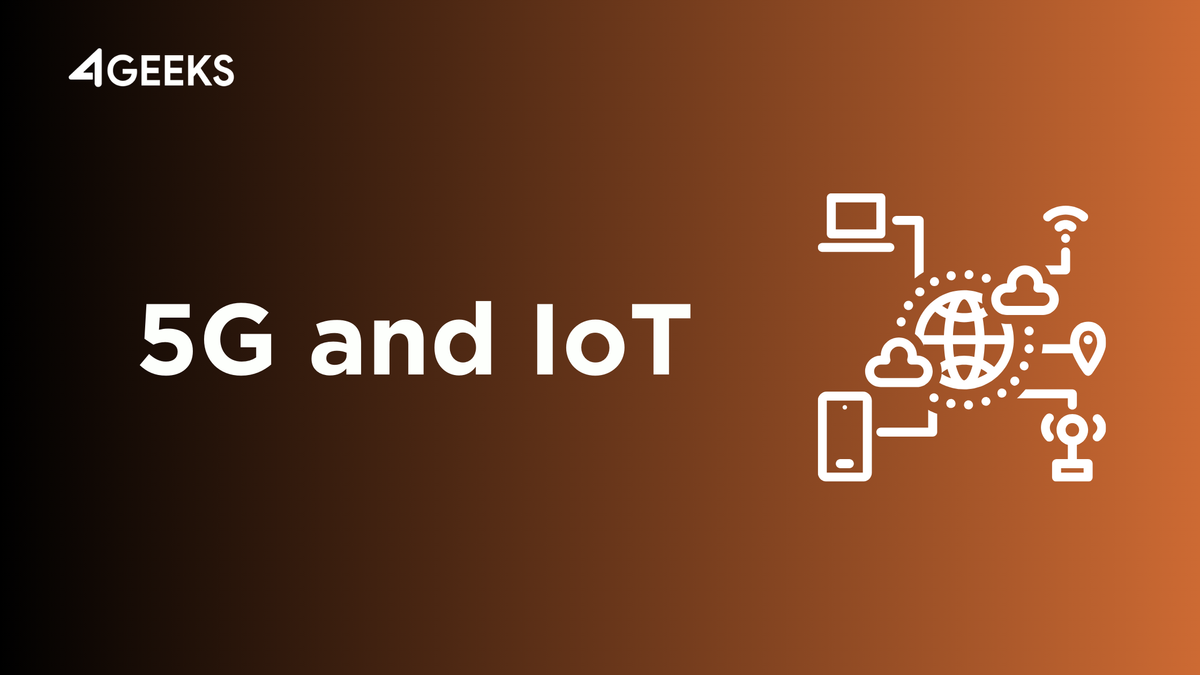5G and IoT: Unleashing the Potential of Next-Generation Connectivity

The world stands on the precipice of a digital revolution, one that promises to reshape the way we live, work, and interact with the world around us. This revolution is fueled by the confluence of two transformative forces – 5G, the fifth generation of cellular network technology, and IoT, the Internet of Things.
5G represents a quantum leap forward in wireless technology. It boasts significantly faster data speeds, dramatically reduced latency, and vastly increased capacity compared to its predecessors. Imagine download speeds exceeding 20 gigabits per second, near-instantaneous response times, and the ability to connect millions of devices simultaneously. This is the future that 5G promises, a future where connectivity becomes ubiquitous and seamless.
The Internet of Things, on the other hand, refers to the ever-expanding network of physical objects embedded with sensors, software, and other technologies. These objects can collect and exchange data over the internet, ranging from our everyday companions like smartwatches and fitness trackers to industrial machines and environmental sensors. By integrating these devices into a vast network, we gain unprecedented insights into the world around us, unlocking opportunities for optimization, automation, and innovation across diverse sectors.
The magic lies in the synergistic relationship between 5G and IoT. 5G's unparalleled speed acts as the backbone, enabling the near-real-time collection and analysis of massive data streams generated by billions of interconnected devices. This data, in turn, fuels the development of intelligent applications and services, paving the way for a future where our physical and digital worlds are seamlessly integrated.
This future holds immense promise across various domains:
Smart Cities
Imagine bustling metropolises where self-driving vehicles navigate traffic-optimized streets, waste management is automated, and energy consumption is dynamically optimized. Connected traffic lights, intelligent parking systems, and real-time pollution monitoring are just a few examples of how 5G and IoT can revolutionize urban life.

Connected Industries
Industrial processes can be monitored and controlled in real-time, predictive maintenance minimizes downtime, and supply chains are optimized for efficiency. Imagine factories where robots collaborate seamlessly with humans, and production lines adjust automatically based on real-time data insights.
Personalized Healthcare
Wearables and sensors can monitor patients' health remotely, enabling early detection of illness and personalized treatment plans. Patients can receive real-time feedback on their health data and have access to virtual consultations with specialists, regardless of their location.

Revolutionized Agriculture
Precision farming techniques optimize resource utilization, drones monitor crops and soil conditions, and agricultural yields reach unprecedented levels. Farmers can make data-driven decisions about irrigation, fertilization, and pest control, leading to increased efficiency and reduced environmental impact.
Enhanced Environmental Monitoring
Sensors can track air and water quality in real-time, enabling proactive measures to combat pollution and climate change. This data can be used to create early warning systems for environmental hazards and inform policy decisions aimed at protecting our planet.
However, this transformative journey is not without its challenges. Robust security measures are paramount to ensure the safety and privacy of the vast amount of data generated by this interconnected network. Additionally, the development of global standards for 5G and IoT will be crucial for fostering interoperability and seamless integration. Finally, significant investments in infrastructure development are needed to support widespread deployments of these technologies.
Despite the challenges, the potential of 5G and IoT is undeniable. By embracing these technologies and actively exploring their potential, we can create a future where technology empowers us to solve some of the world's most pressing challenges and enhance our lives in countless ways. The future is connected, and it's time to prepare for its arrival. Join us and be a part of this digital revolution!




